
Palladian Villas: splendid architecture in the Venetian countryside
The Palladian villas belong to the large family of Venetian villas and were designed by Palladio in the mid-sixteenth century for local aristocratic families and high-middle-class representatives of the Venetian Republic. They are considered the most important Palladio masterpieces of the history of art and architecture and make the landscape prestigious. Some are known all over the world and have become Unesco World Heritage Site.

Villa Barbaro a Maser
Palladio lived in a favorable historical context
Andrea Palladio lived in a favorable historical context, during the artistic and cultural periods of the Renaissance and Humanism that starting from Padua, where he was born, thanks to the contribution of the famous sculptor Donatello, spread throughout Veneto. Venice had a strong influence on the art, architecture and literature of the time; it was one of the most important economic, political, port and artistic centers of Italy and Europe. There were prestigious residences of noble families, noble palaces built with the Istrian Stone and a flourishing printing center that allowed humanistic study of classical texts. Palladio, in order to increase his education, observed the buildings of ancient Rome but especially studied the books of the Roman writer and architect Vitruvio Pollione. At the beginning of the fifteenth century, the wealth of capitals led the aristocratic nobles to invest also in the mainland trying to satisfy the new cultural stimuli connected to the relationship between civilization and nature. In 1570 Palladio was able to publish in Venice “The Four Books of the Architecture” : a precious illustrated treatise that was extremely well received by architects, before in Europe and than Aldo in North America.

Palladio project example
The functions of the Palladian Villa
In the middle of the fifteenth century, when a period of peace finally arrived in mainland, the aristocratic nobles had the necessary tranquility to escape from the chaos of the city and take refuge in nature. They needed a splendid dwelling, to be used also for the physical and cultural well-being; for the study, the fun, to cultivate the own passions like the hunting, the dance, the music and the walks in the gardens and for the rest from the busy and tiring life of the city. Something completely new, functional, excellent and relaxing was needed.
So Palladio elaborated the new concept of a building with a productive-humanistic function and abandoned the previous idea of a medieval villa-castle built on raised areas for productive-defensive purposes and of a villa for productive-self-celebrative purposes.
Palladio had found the ideal solution: a combination of ancient and modern and a balance between man and nature, where the rustic and the dominical were integrated in complete harmony. The villa had to reconcile the active life, tied to the control and carrying out of the agricultural works, to the wheat and wine storage and to the worldly ambiences for the self-celebration, with that relaxed and isolated in the middle of nature, far from the chaotic city life, to cultivate passions, leisure and cure contemplation, study, health and rest.

Interiors of the Villa La Rotonda in Vicenza
Architectural features
Palladian residences are distinguished from other villas for elegance, balance and symmetry. The practicality of the spaces intended for agricultural work was in harmony with the ornamental grace of the master rooms.
The main architectural features are:
- a central body for the owners, sometimes developed on a single floor with a staircase where the white stone sculptures of Vicenza and the pictorial decorations were entrusted to the most important artists to show off wealth and nobility. The main body was intended for the residence, the economic management, the social affirmation and to impress the neighbours with dinners, dances and concerts; it was also used for the cultural interests and the meditation;
- a facade with classical architectural elements;

Villa Emo in Vedelago
- a loggia, used to eat, converse or listen to music in a pleasant and shady place, supported by columns and sometimes embellished by a triangular pediment decorated with the coat of arms of the family;
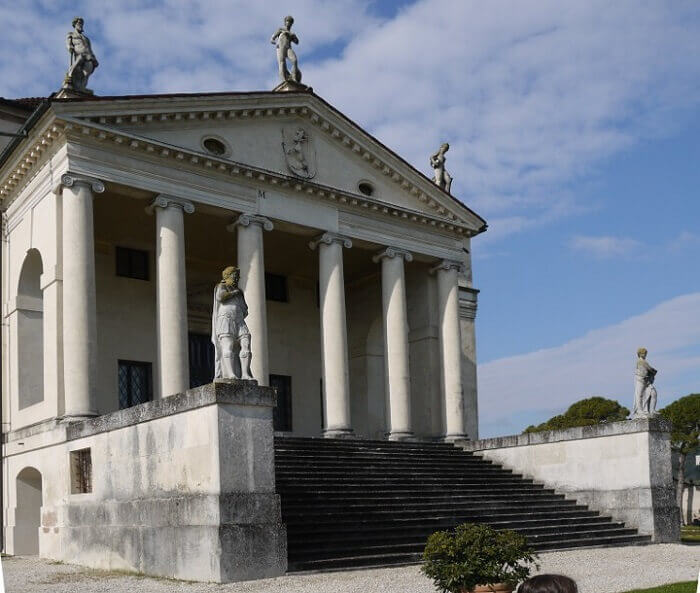
Villa La Rotonda in Vicenza. Picture of Paolo Bonavoglia – bicicletta.bonavoglia.eu
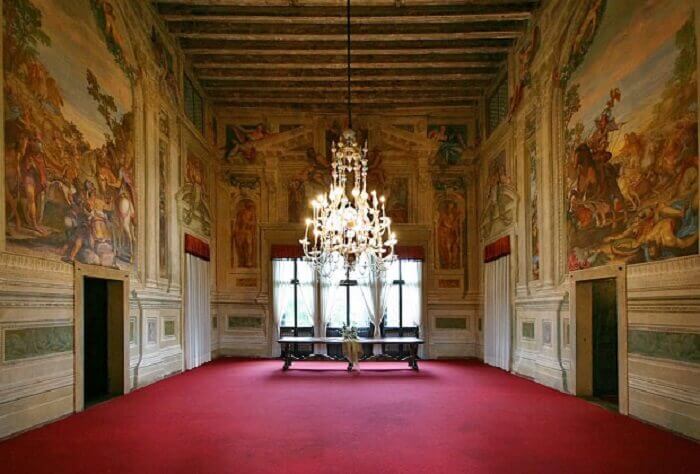
Interiors of Villa Godi Malinverni in Vicenza
- two side colonnade, with long portico, aligned with the main body in a single architectural unit for agricultural activity. They included work ambiences such as warehouses, kitchens, cellars, stables and lodgings for farmers;

Villa Emo Barchessa in Vedelago
- vast areas of cultivated fields and vineyards all around enclosed by a wall

Villa Foscari in Mira. Picture of Paolo Bonavoglia – bicicletta.bonavoglia.eu
All over the world, many architects have been inspired and are still inspired by the uniqueness of these works, thanks to the detailed information left by Palladio in his treatise The Four Books of Architecture.
We too are often inspired by the Palladian villas to embellish and decorate gardens with fountains and statues and homes with sculptures, fireplaces, staircases, columns and floors of customers who are passionate about Italian art.
This article contains general information. For questions and curiosities leave a comment below. If you wish to be contacted, please fill out the form.
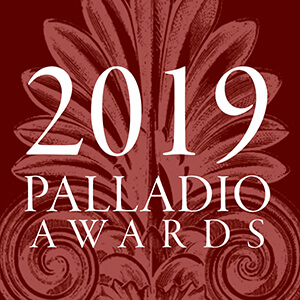
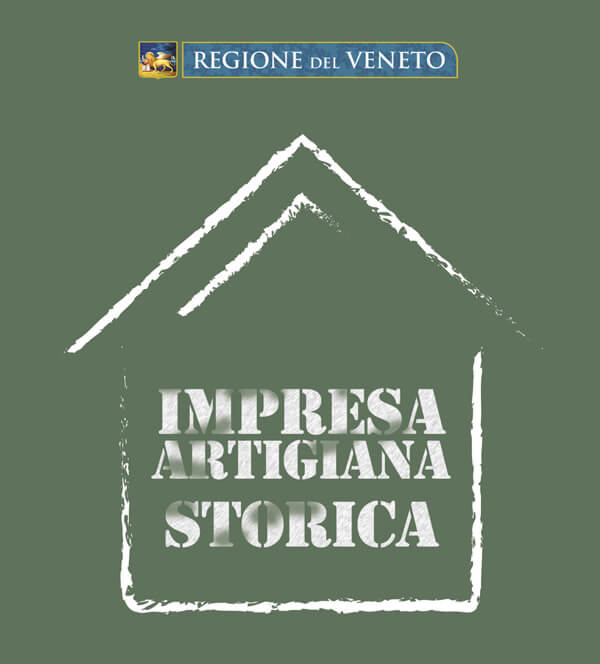
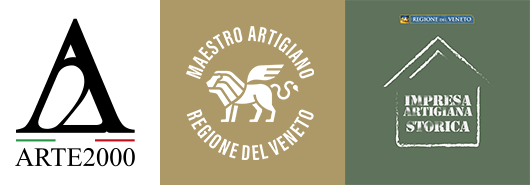
IT Telkom
20 May 2025 at 9:39How does this article contribute to the existing knowledge or understanding of the topic?